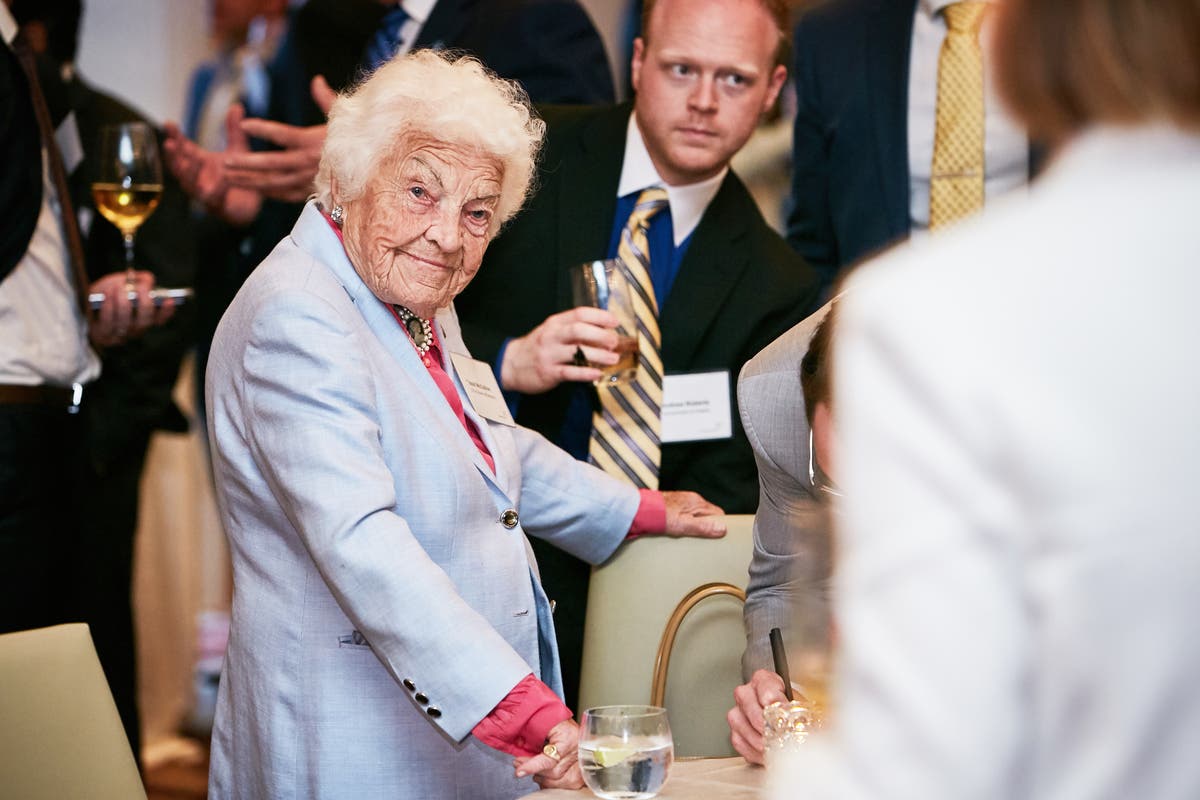We went to the 47th Bon Odori in M’sia to see what it means for locals, expats & businesses
Bon Odori is a Japanese summer festival dance. The Japan Club of Kuala Lumpur hosts a celebration annually, here's our 2023 experience.
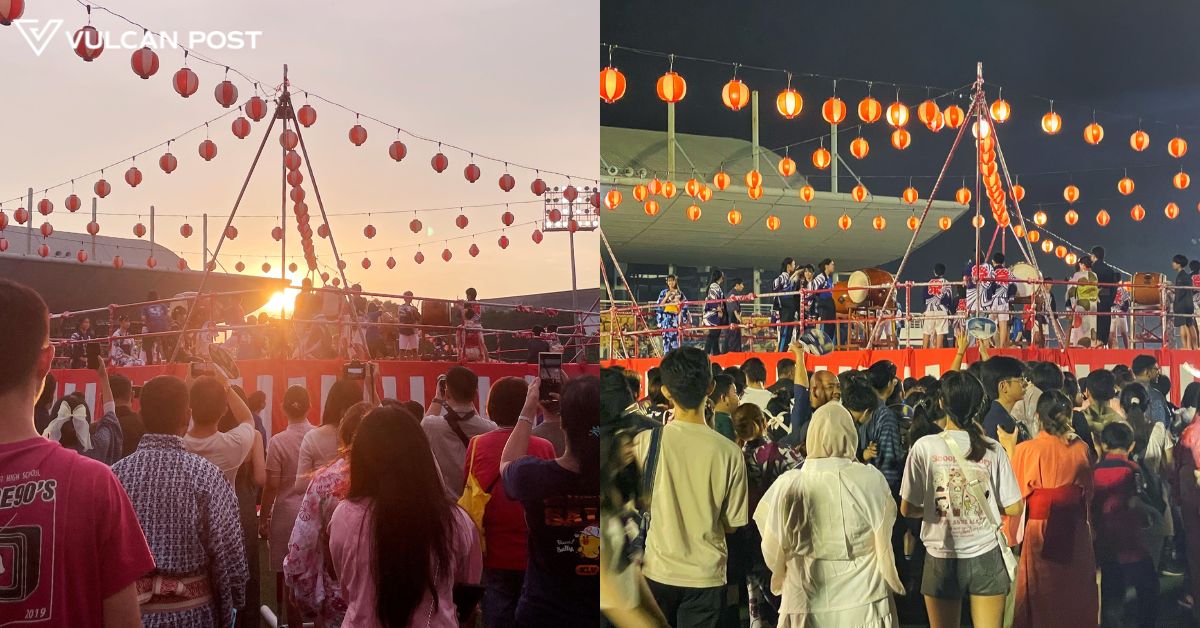
On a humid Saturday evening, I found myself in the Shah Alam National Sports Complex.
Shouts in Japanese, English, and Malay filled my ears. Yukatas—also known as summer kimonos—surrounded me as I ventured into the stadium compounds. Like me, everyone had a fan in hand, given out by volunteers who stood guard at the stadium entrance.
This was Bon Odori, a Japanese festival that happens annually, hosted by the Japan Club of Kuala Lumpur.
The term Bon Odori itself refers to a style of dance that is performed during Bon or Obon, a Japanese summer festival. A type of folk entertainment, this event had sparked some major debates last year over its religious influences, stemming from Islamic authorities’ concerns.
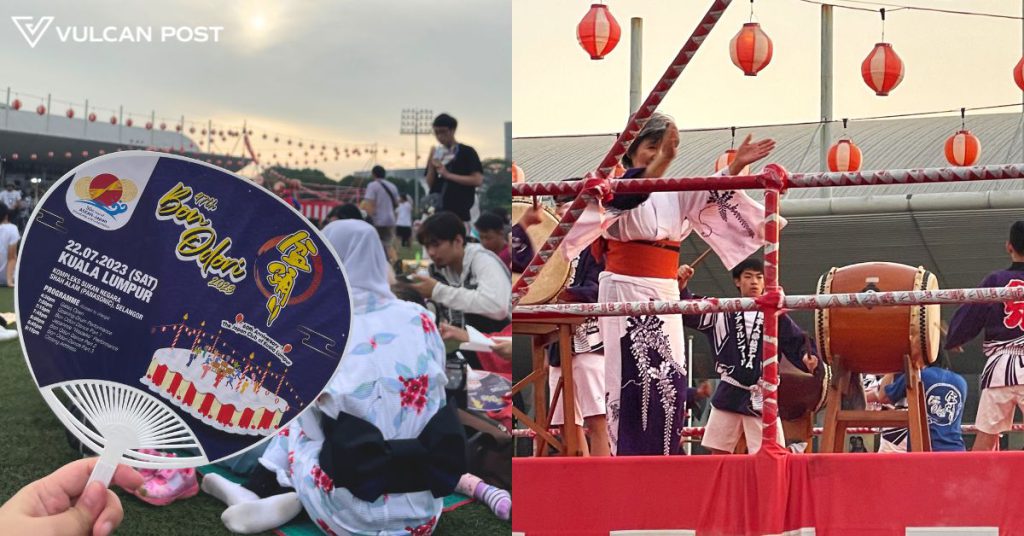 The Japan Club of Kuala Lumpur usually hosts its Bon Odori celebrations in July
The Japan Club of Kuala Lumpur usually hosts its Bon Odori celebrations in JulyThe concern is due to the fact that Bon Odori comes from ancient Japanese beliefs in ancestral spirits and a Japanese Buddhist custom to honour the spirits of one’s ancestors.
However, this celebration, at least in Malaysia, has become more of a cultural gathering rather than event for religious rites, which would be something I personally came to find out myself.
Navigating through insane parking
Let’s rewind to how I even got to the stadium in the first place. I was invited by our head of content production, Matt, who also happens to be a Bon Odori veteran, having attended a total of four times.
Going with a regular turned out to be a fantastic decision, especially when it comes to parking. Because one of the craziest things about Bon Odori is the availability of parking, or lack thereof, really.
Cars would line all surrounding roads, with the designated parking lot already full by the time we got there at about 5PM. Gates opened at 4:30PM, with the event actually only starting at 7PM.
Along our way, Matt told me about the places that people would park, such as in the middle of a roundabout. Sure enough, by the time we were circling said roundabout, a bunch of cars had already driven over the curb to park there.
Last year, he had ended up walking for over an hour from his parking spot to get to the stadium.
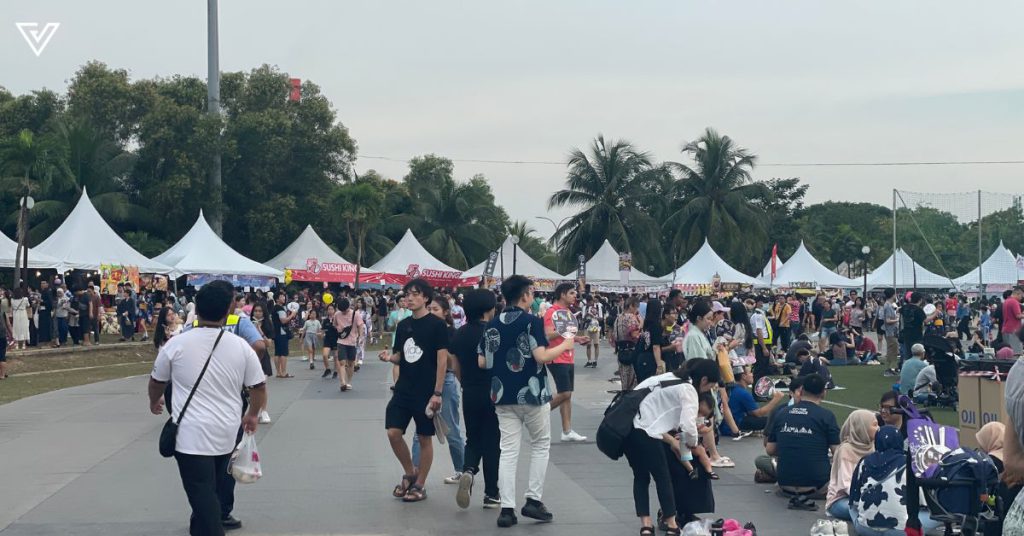 It was already crowded by the time we got there
It was already crowded by the time we got thereThankfully, as we were a considerably earlier than he was last year, we managed to get a spot that was less than 10 minutes away from the nearest entrance.
While the walk was fine during the day, come nightfall, a combination of the lack of streetlights as well as the surrounding graveyards make for a spooky journey.
Those who feel wary about that can make use of public transport, as Bon Odori organisers actually arrange for buses to pick up eventgoers from the nearby KTM station.
And of course, there’s also the option of using e-hailing apps.
Endless food options
Now, back to the event. While the performances only kick off at 7PM, there’s still plenty to do before that, i.e. hitting up all the food vendors.
Resembling a pasar malam, the food bazaar portion of the event had a wide variety of Japanese street foods up for grabs. I’m talking gyoza, takoyaki, yakitori, teppanyaki, onigiri, kakigori, dango, Ramune drinks, and much more.
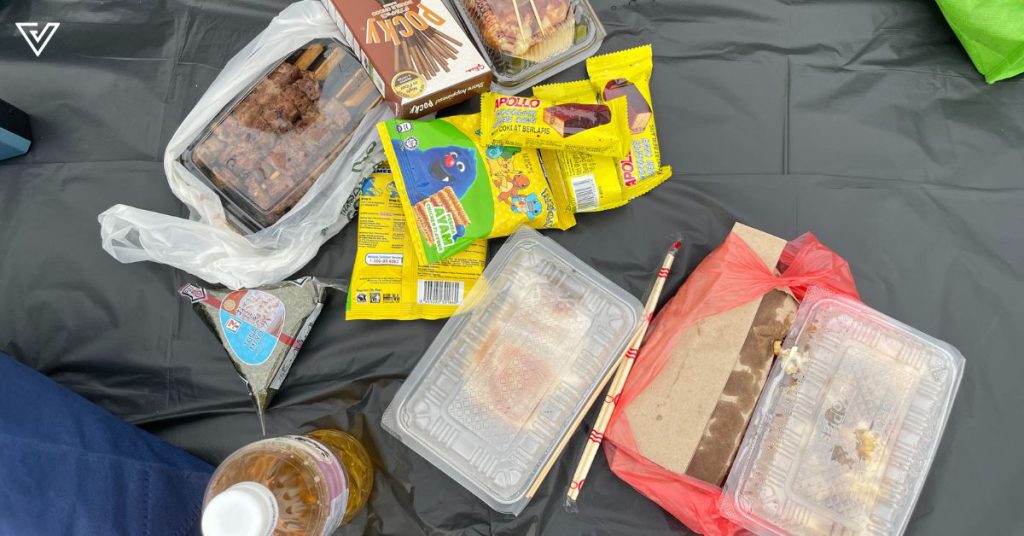 We also brought some snacks of our own
We also brought some snacks of our own Most vendors were smaller, lesser-known street vendors, but some notable names include AEON, Isetan, Sushi King, and Don Don Donki. Doutour Coffee and Ippudo were there too.
Things were on the pricier side, as expected of such an event.
I overspent on one of the first drinks I saw—some sakura beverage that ended up costing me RM17. It tasted like strawberry milk, which I can’t really complain about.
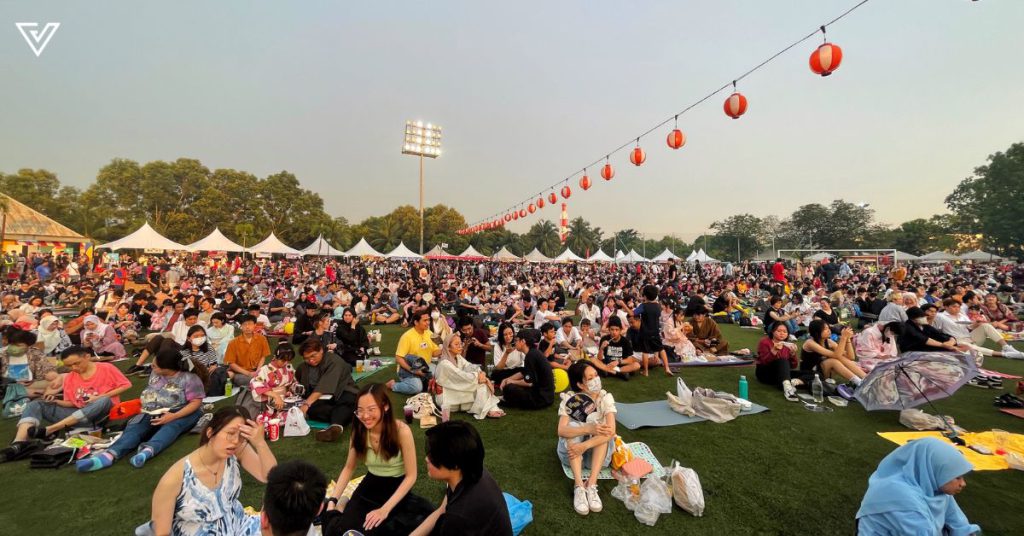 A sea of people
A sea of peopleAttendees are also welcomed to bring their own food.
While alcohol sale is prohibited, you are technically allowed to bring your own alcoholic drinks. However, from my observation, not many people were publicly drinking at the event. No one was acting rowdy or drunken, which was definitely a good thing as there were many families around.
What to expect from the night
After checking out the vendors, we set up our station for the evening (using heavy-duty garbage bags as a makeshift mat that we later donated to event staff).
At this point, we still had plenty of time to chill, eat, talk, and people-watch before the event started.
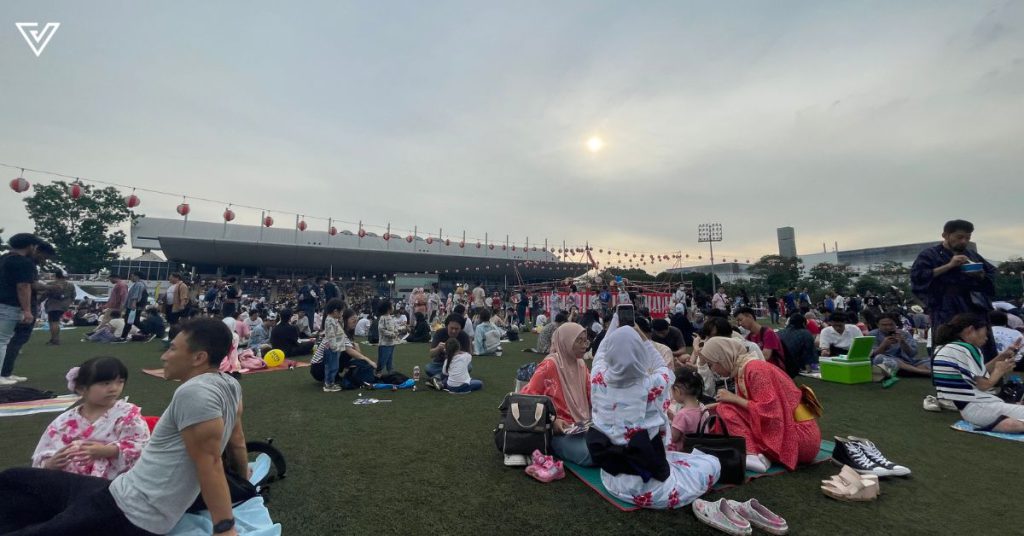 We found a comfortable spot not too far from the stage
We found a comfortable spot not too far from the stageWhile I expected yukatas and kimonos to be in play, I was still surprised to see so many people actually dress for the occasion. Some went all-out with fanciful obis, geta shoes, and hair accessories to match. There were some cosplayers around, too.
Overhearing some conversations, I also noted that many of the attendees were Japanese families that have made Malaysia their home.
There were some sporadic announcements made (in both Japanese and English), but given how spacious the compounds were, it was hard to actually hear what was being broadcasted.
After the opening drum performance, it was time to get our moves on. The way Bon Odori works is that there will be people dancing on the stage (called yagura), as well as volunteers dancing in a blocked off circle around the stage.
Participants will then circle these volunteers and try to follow the dance. Try not to get swept away as you dance around the stage.
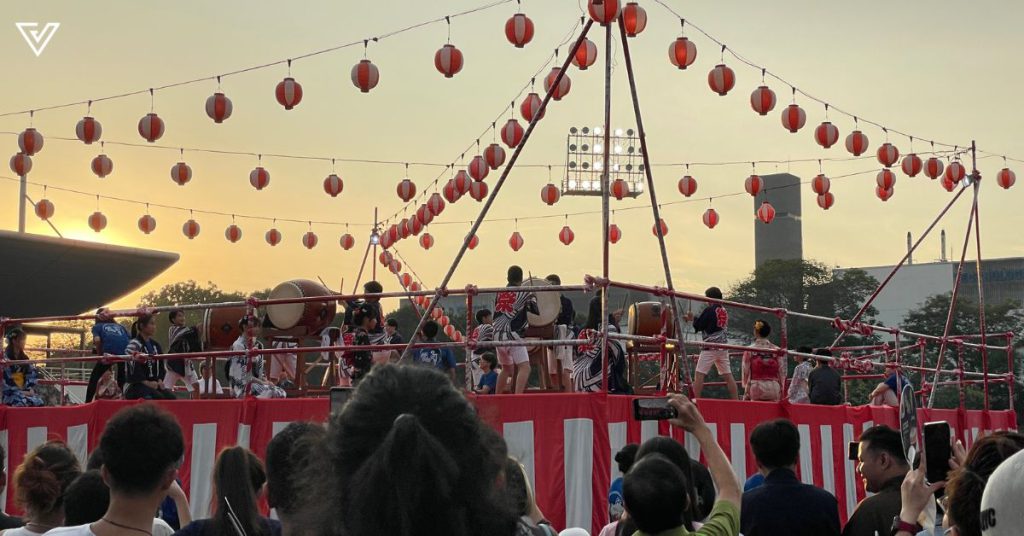 The drum performance
The drum performanceWe decided to partake in the first round of dances. There are three rounds in total, and each round involves the same four songs correlating to four routines. While the performers don’t teach you the dances, they do repeat each song once.
Of course, for those who are less keen on mingling in throngs of bodies can just chill and enjoy the evening, or leave at any time.
For those concerned about religious aspects of the event, from my perspective, there really weren’t any. Malaysia’s Bon Odori celebration doesn’t seem to focus on ancestral beliefs, and if it does, the meaning is lost to us.
The organisers don’t spend hours talking about the significance of the dance (I didn’t catch any explanations whatsoever), or ask you to perform rituals perfectly. You can come and go from the circle as you please, or just sit back and watch the performers.
A wholesome event celebrating Japanese-Malaysian relations
Perhaps this is because it’s the 47th time the club is hosting its Bon Odori celebrations, but the event was such a well-organised one. Everything was punctual and there were so many staff available.
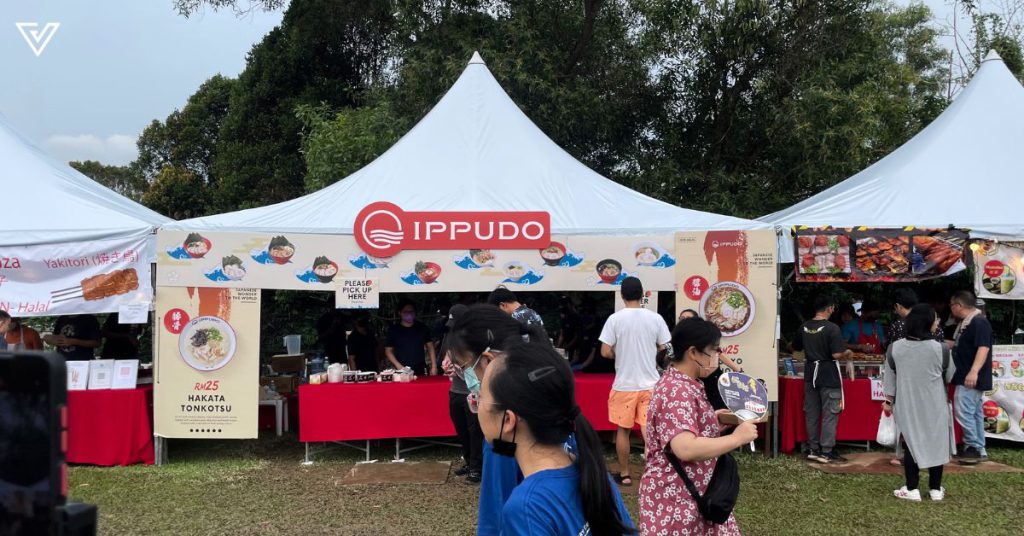 Bowls of ramen up for grabs
Bowls of ramen up for grabsOn that note, the Japan Club of Kuala Lumpur is actually celebrating its 60th anniversary this year, while the ASEAN-Japan Friendship and Cooperation is celebrating its 50th anniversary.
According to The Star, Tourism Selangor chief executive officer Azrul Shah Mohamad said that this year’s occasion is one that has attracted over 30,000 visitors to Selangor.
“We are assured that this festival will kickstart our mission to further penetrate the Japanese market through our international tourism campaign, ‘Splendid Selangor, Take Me Anywhere!’,” he was also quoted saying.
Beyond fun and food, the evening showed me the prevalence of Japanese culture in Malaysia. And no, I’m not just talking about Japanese food and anime.
Surrounded by brands like Panasonic and AEON that are just absolute staples in our Malaysian lives, Bon Odori showcased the value of hosting these cultural festivities.
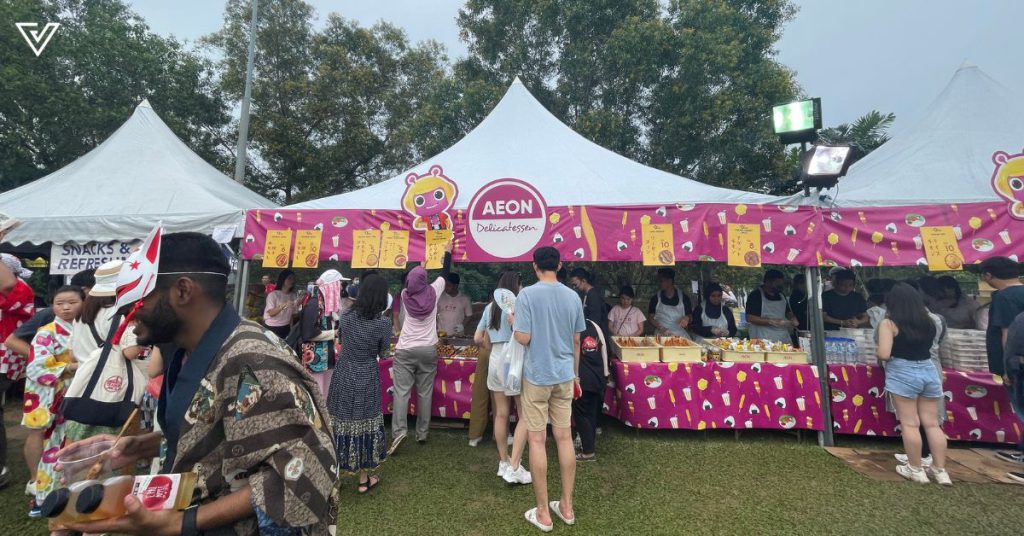 AEON had a wide variety of snacks
AEON had a wide variety of snacks It’s an opportunity for community building, and with that, economic growth. On the fans given out to us were a variety of ads, from AEON to a diapers ad for a brand called Genki.
Not only Japanese families and lovers of Japanese culture were here celebrating—Bon Odori draws in Japanese corporations, businesses, and maybe even solidifies our political partnerships.
And of course, these events serve as a way for those who do indeed love Japanese culture to rock the appropriate attire without being looked at weird.
The festival’s energy and overall vibes did really remind me of my recent travels to Japan, which happened to be during the country’s Golden Week as well, giving me a taste of what their festivals are like.
Seeing all the Japanese expats and families at Bon Odori, I also realised that it was a great opportunity for them to feel more connected to their cultures.
With that in mind, I’d say that Bon Odori will continue to be celebrated for many years to come, despite past discourse.
Learn more about the Japan Club of Kuala Lumpur here. Read other review articles we’ve written here.
 Koichiko
Koichiko 








